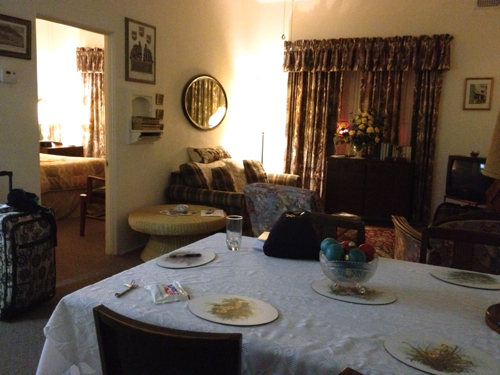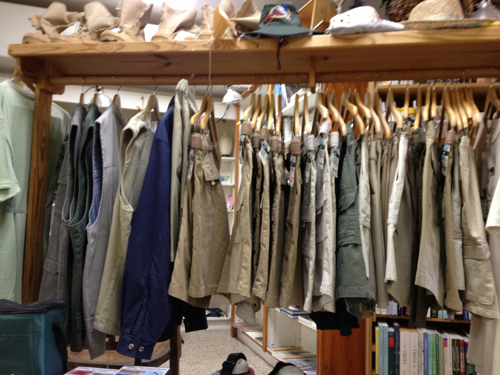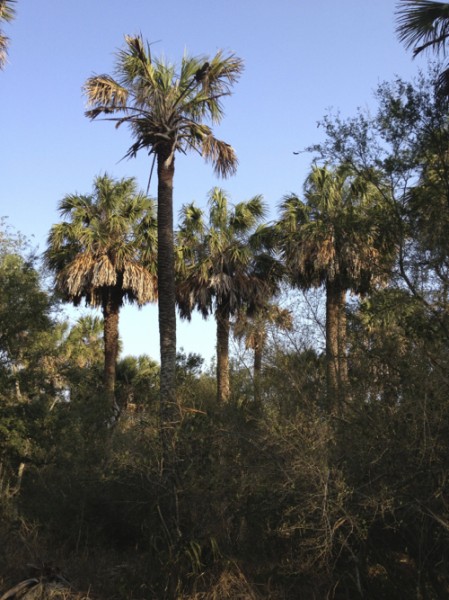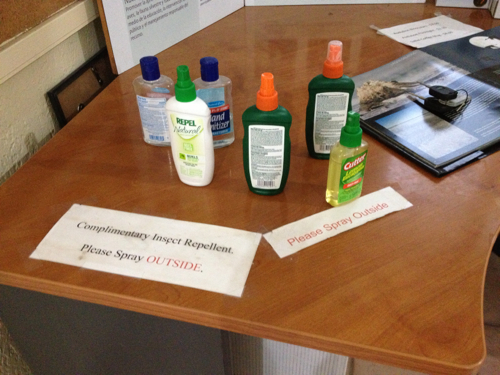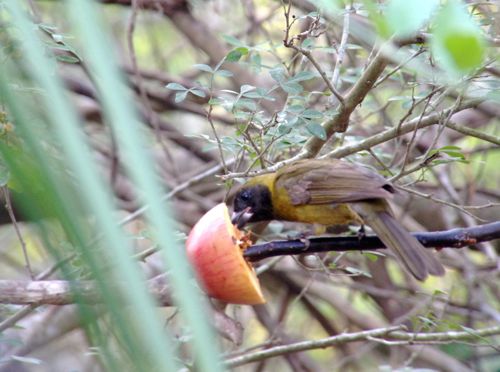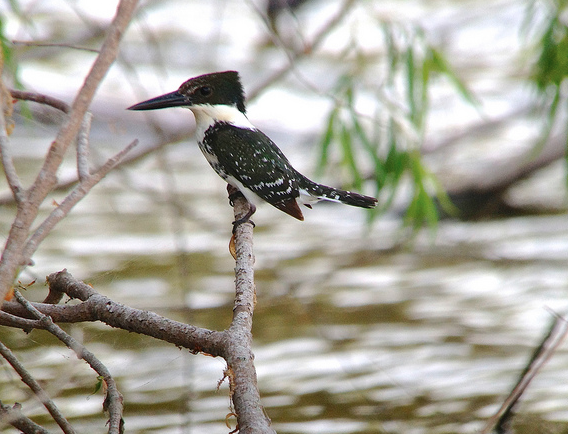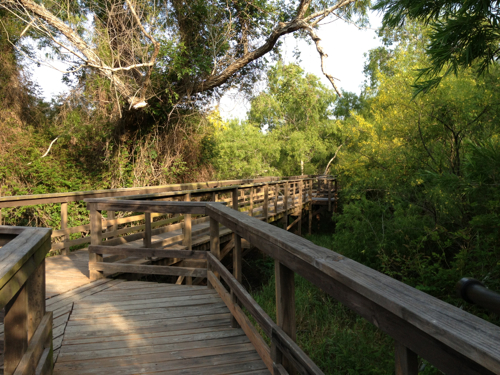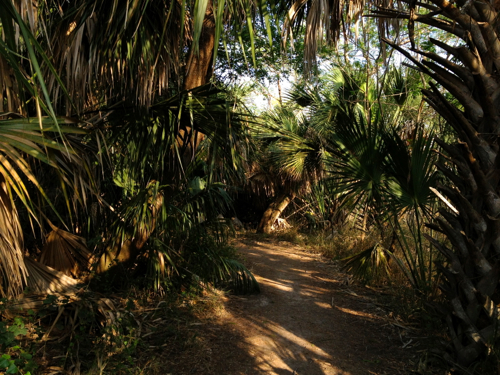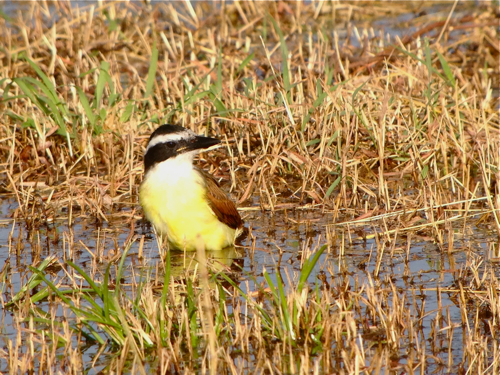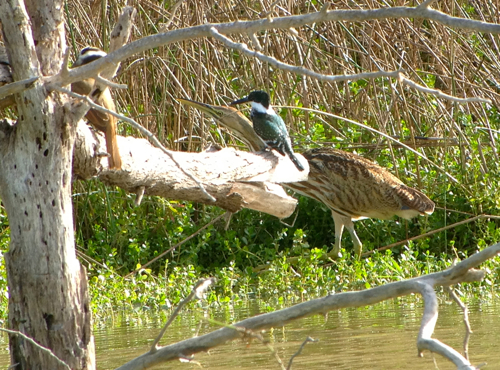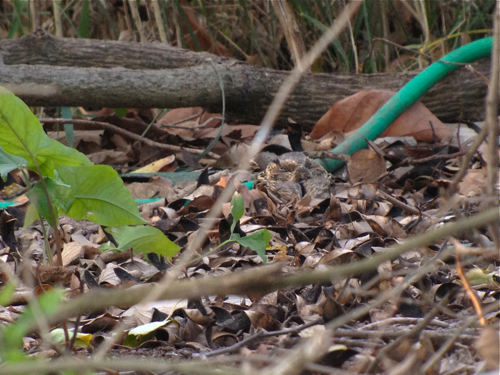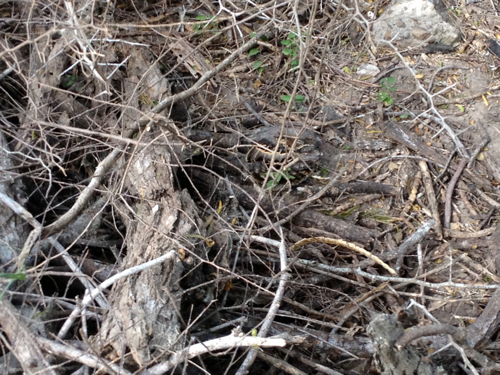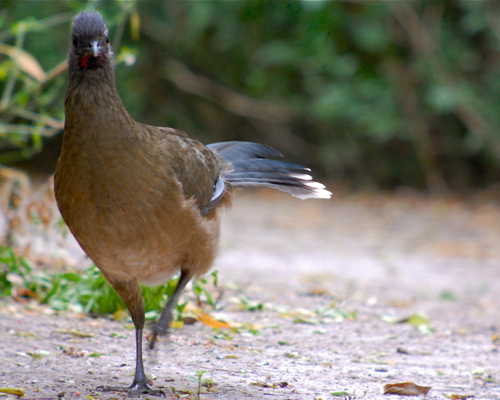I typically stay away from places that have the phrase "bed and breakfast" in the title. As a birder, I don't have the schedule to truly appreciate all the extra amenities. Yeah, I'm sure you make fabulous scones but your 7:30am start time doesn't always jive with my field trip that leaves at 5:30 am. Also, I'm sure the fellow guests are lovely, but I basically want to eat and run. But I've heard of the Alamo Inn B & B and Outdoor Store and how this popular place caters specifically birders. I was intrigued. Really? A B & B for birders? How does that work?
This is for sure a birder's bead and breakfast! All sorts of portable food is ready to go from breads, spreads (bonus points for Nutella), fruit, even portable apple sauce and chips. I was a particular fan of some of the fresh fruit--like the small sweet mangos--yum.
Besides the usual coffee and tea there all sorts of juices, almond milk, soy, yogurt, single serving humus, lunch meat and even eggs. The eggs are from the owners hens and hard boiled so you can eat them on the spot or take them with you. You are only charge for the food that you take and the prices are very reasonable.
You can even be assigned a cooler to take some of these goodies with you on the road. This is incredibly smart for birding in the Rio Grande Valley because you never know where your birding day will take you. Your stomach may tell you that it's time to go hit Fat Daddy's barbecue, but you may be on to some hot shorebird action at Estero Llano Grande and you don't want to disappear and miss a single peep. You can keep the cooler with you and you can even take some frozen water bottles with you to keep your items cool and have a supply of cold water to drink later in the day. It's genius!
The rooms have a very homey feel, so even if you are going to "crash for the night" you can crash in the comforts of home. Its the little touches of table clothes and books that are there for you to read that get you comfy. The rooms have good couches as well as beds, so if you are going out with your birding buddies, it can accomodate them as well. Don't worry, there's a tv and wifi so if you find that after a hard day of birding you like to unwind with a little technology, you can.
I met an amiable set of folks from California birding the valley for the first time. Two men and one woman--all friends and finding the Inn to their liking. I even found a fellow Minnesota birder and friend Alex Cruz staying at the Alamo Inn--it's almost like that bar Cheers from the 80s tv show. All had done a bit of googling and found the Alamo Inn had rave reviews from fellow birders and their rates were comparable to the local hotels.
I had to chuckle, the Alamo Inn does have a birding store with field guides, bird finding guides, binoculars...and birding clothes. It drives me nuts, but birders love to wear their vests and if you forgot to pack your vest, you can purchase one on the spot if you need too. There are even shorts! This place has just about everything to cater to a birder visiting the valley.
The owner, Keith Hackland, is a true birder so he knows what we need and how to make our visit to the valley special. He has various check lists and directions readily available. He does offer guiding services if his schedule permits but is happy to make suggestions based on what he knows is being seen in the area recently. The inn itself is in an old historic building on the corner of old Main Street in Alamo, TX. Deceiving on the outside but snug and comfy on the inside. Keith and his family live nearby in apartments and I got the added bonus of seeing a lesser nighthawk hunting over their roof.
It's centrally located to Harlingen and McAllen, TX. Several popular birding destinations are less than 30 minutes from the Inn, one of the closest being Sabal Palm Sanctuary. If you tire of watching all the nest cams out there, check out their live feeder cam that gets green jays. I hadn't been to Sabal Palm for a few years and made a visit on this last trip to Texas. I forgot how much I loved the habitat of an old growth palm forest. It smelled of primeval and baked in heat. It was a bit windy on my visit which kept the mosquitos down and the warmth had a very pleasant degree.
Speaking of mosquitoes, you know they are going to be bad when you stop in to pay your entrance fee and you see an assortment of complimentary repellants set out for you to wear. The skeeters are aggressive here, don't leave the visitor center without some coverage.
While I was visiting, Sabal Palm was hosting a rare bird, a female crimson-collared grosbeak. I got her right off the bat thanks to a group of birders staked out at the feeder watching for it. They were kind enough to point it out...one of them turned out to be a fan of the podcast and especially Non Birding Bill. Ha!
Along with the lovely trails, there's a photo blind that excellent viewing in the morning. If sit there long enough, you're sure to get a view of the tiny green kingfisher, one of the Rio Grande Valley specialty birds. This bird even landed right below one of the blind windows, far too close to digiscope, but what a treat to be only four feet away from it.
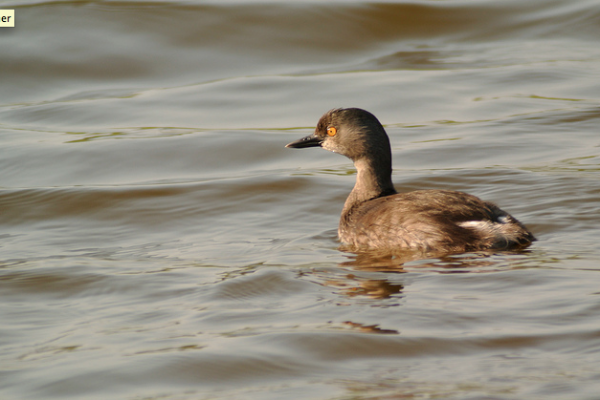 During the spring, fall and winter, the water can be chock full of ducks. Most had headed north during my visit in early April, but there were still plenty of least grebes hanging out.
During the spring, fall and winter, the water can be chock full of ducks. Most had headed north during my visit in early April, but there were still plenty of least grebes hanging out.
The boardwalks over the marshes can give you glimpses of teal, rails, herons, warblers and kiskadees. They are worth the walk (just don't do it without repellent).




